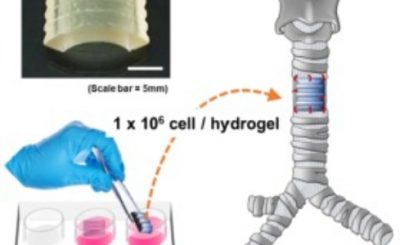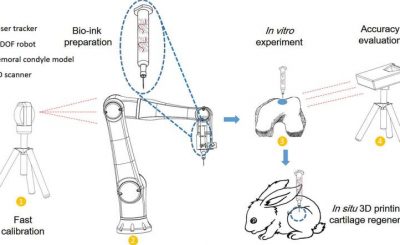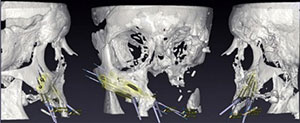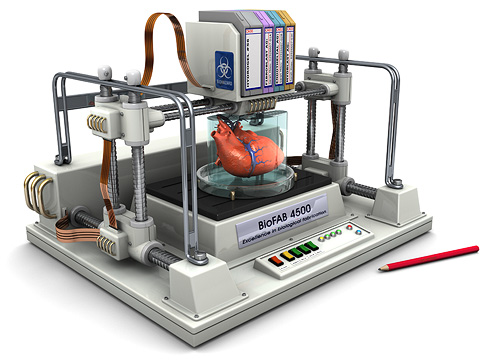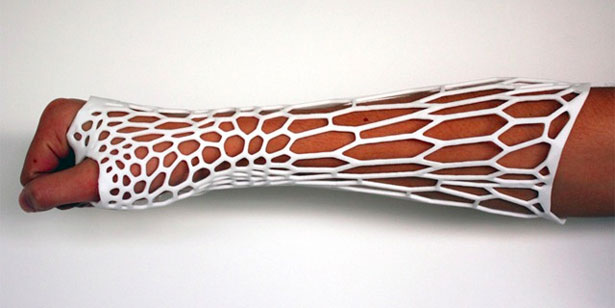Let’s start with the birds and the bees: when a baby is born, carried with it is the amniotic membrane of the placenta, which contain a host of human stem cells. In the past, this mess of afterbirth would be tossed in the trash with yesterday’s lunch. Now, a new question may be posed to 21st century parents: Why throw out all of that useful material when you could grow organs with it? Based in Chicago, IL, 
AmnioChor launched last year with the goal of taking this process one step further. Rather than just the cord blood, AmnioChor is working to freeze the complete amniotic membrane, including both the Mesenchymal and Epithelial stem cells or Amnion-Derived Stem Cells (ADSCs) that may not be found in cord blood. In addition to use in regenerative medicine and cell therapy, the company believes that these cells may be suitable for the ultimate bioprinting of organs. In fact, Mesenchymal cells have been used in several bioprinting projects covered on 3DPI, including a study 3D printing with 
The technology behind AmnioChor’s amnion storage was developed by Dale Woodbury, PhD and Akiva Marcus, MD, PhD at the Ira B. Black Center for Stem Cell Research and the Department of Neuroscience and Cell Biology at Robert Wood Johnson Medical School, which is a now part of Rutgers University, with which AmnioChor has an exclusive license. And, now, thanks to a round of seed funding from the Musculoskeletal Transplant Foundation in New Jersey, the company may be able to bring the technology to a commercial product.
CEO of AmnioChor, Russ Schweizer, says of the investment, “We believe that AmnioChor’s breakthrough technologies will provide significant benefits to Regenerative Medicine and the burgeoning Cellular Therapy Industry, and will ultimately save patient’s lives. The investment made by MTF will allow us to continue our research and development activities. We are proud to be affiliated with an organization like MTF that has a multi-decade history of providing life-changing donated human tissues.”
Bruce Stroever, President and CEO of MTF, added, “MTF has been involved with placental tissue recovery and the provision of amniotic tissues for several years. We believe that AmnioChor has technologies that may help us to continue to provide the highest quality amniotic tissues. We are equally pleased to have the opportunity to support technologies developed by the medical school in our own state – Rutgers University.”
I may have been skeptical of such technology and a company that would store placental cells in the past. But that was before I realized that cord blood banks have existed for twenty years. Now that bioprinting is an actuality, I’m starting to believe that banks dedicated to stem cells may very well be the foundation for tomorrow biotechnology.

